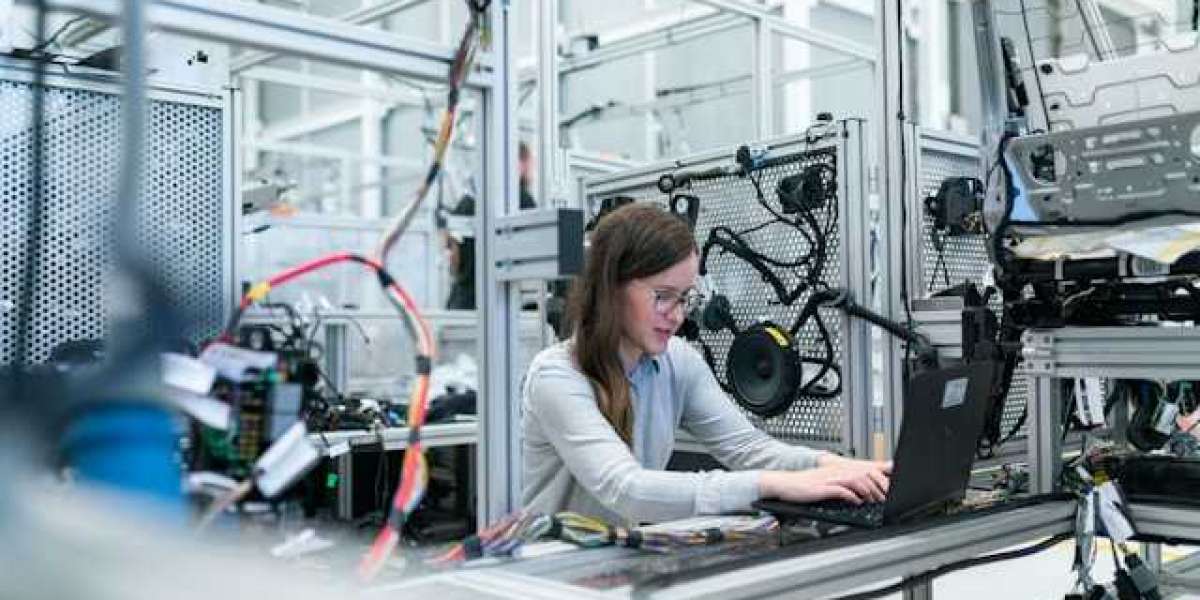In the ever-evolving world of commercial design, staying ahead of the curve is essential for businesses looking to create engaging and functional spaces. As companies adapt to changing work environments, consumer preferences, and technological advancements, commercial interior designers are at the forefront of these transformations. Here are ten innovative commercial design trends that you can’t afford to overlook.
1. Biophilic Design
Biophilic design emphasizes the commercial interior designer between nature and the built environment. This trend incorporates natural elements into commercial spaces, such as plants, natural light, and organic materials.
- Benefits: Research shows that biophilic design can enhance employee well-being, increase productivity, and improve overall satisfaction. Incorporating greenery and natural light can create a calming atmosphere that promotes creativity and reduces stress.
2. Flexible Workspaces
The rise of remote work has led to a demand for flexible workspaces that can adapt to various needs. Commercial interior designers are creating environments that allow for collaboration, privacy, and individual work.
- Design Features: This trend includes movable walls, modular furniture, and multi-purpose areas that can be easily reconfigured. By providing a variety of work settings, businesses can accommodate different work styles and preferences.
3. Sustainable Materials
Sustainability is no longer just a buzzword; it’s a necessity in commercial design. More businesses are prioritizing eco-friendly materials and practices in their interior spaces.
- Examples: Designers are using recycled materials, low-VOC paints, and sustainably sourced wood. This trend not only reduces environmental impact but also appeals to consumers who value sustainability.
4. Technology Integration
As technology continues to advance, integrating smart solutions into commercial spaces has become increasingly important. This trend includes everything from smart lighting and climate control to advanced audiovisual systems.
- User Experience: By incorporating technology, businesses can enhance the user experience, streamline operations, and improve energy efficiency. For example, smart lighting systems can adjust based on occupancy, reducing energy consumption.
5. Open Concept Layouts
Open concept layouts have gained popularity in commercial design, particularly in office environments. This trend promotes collaboration and communication among employees by eliminating physical barriers.
- Considerations: While open layouts can foster teamwork, it’s essential to balance openness with areas for privacy and focus. Designers are incorporating sound-absorbing materials and designated quiet zones to address this need.
6. Wellness-Centric Spaces
The focus on health and wellness in commercial design is more pronounced than ever. Businesses are recognizing the importance of creating environments that promote physical and mental well-being.
- Design Elements: This trend includes features such as ergonomic furniture, wellness rooms, and access to natural light. Incorporating spaces for relaxation and mindfulness can enhance employee satisfaction and productivity.
7. Local and Cultural Influences
Incorporating local culture and community elements into commercial design is a growing trend. This approach helps create a sense of place and connection for both employees and customers.
- Implementation: Designers are using local materials, artwork, and design motifs that reflect the surrounding community. This not only supports local artisans but also fosters a unique identity for the business.
8. Color Psychology
Color plays a significant role in influencing mood and behavior. Commercial interior designers are increasingly using color psychology to create spaces that evoke specific emotions and responses.
- Strategic Use of Color: For example, blue tones can promote calmness and focus, while vibrant colors like yellow can stimulate creativity. Understanding the psychological impact of color can help businesses create environments that align with their brand and objectives.
9. Multi-Functional Spaces
As businesses seek to maximize their square footage, multi-functional spaces are becoming a key design trend. These areas can serve various purposes, adapting to the needs of the business and its employees.
- Examples: A conference room that doubles as a lounge or a break area that can be used for meetings allows for greater flexibility. This trend is particularly beneficial for smaller businesses looking to optimize their space.
10. Personalization and Customization
Today’s consumers and employees value personalization. Commercial interior designers are responding to this trend by creating spaces that reflect individual preferences and needs.
- Tailored Solutions: This can include customizable workstations, personalized decor, and flexible layouts that allow employees to create their ideal work environment. By prioritizing personalization, businesses can enhance employee satisfaction and engagement.
What People Also Ask
What is biophilic design in commercial spaces?
Biophilic design is an approach that incorporates natural elements into commercial spaces, such as plants, natural light, and organic materials. It aims to create a connection between nature and the built environment, promoting well-being and productivity.
How can flexible workspaces benefit businesses?
Flexible workspaces can accommodate various work styles and preferences, fostering collaboration and communication among employees. They can also adapt to changing needs, making them ideal for businesses with dynamic environments.
Why is sustainability important in commercial design?
Sustainability is important in commercial design because it reduces environmental impact, supports eco-friendly practices, and appeals to consumers who value sustainability. Using sustainable materials and practices can also enhance a business's reputation.
How does technology integration improve commercial spaces?
Integrating technology into commercial spaces can enhance user experience, streamline operations, and improve energy efficiency. Smart solutions, such as automated lighting and climate control, can create more comfortable and efficient environments.
What role does color play in commercial design?
Color plays a significant role in influencing mood and behavior. Commercial interior designers use color psychology to create spaces that evoke specific emotions, helping to align the environment with the business's goals and brand identity.
Conclusion
The landscape of commercial interior designer is continually evolving, driven by changing consumer preferences, technological advancements, and a growing emphasis on sustainability. By staying informed about these innovative trends, businesses can create spaces that not only meet the needs of their employees and customers but also reflect their values and aspirations. Collaborating with a skilled commercial interior designer can help bring these trends to life, ensuring that your space is both functional and inspiring. Embrace these trends to stay ahead in the competitive world of commercial design and create environments that foster creativity, collaboration, and well-being.





